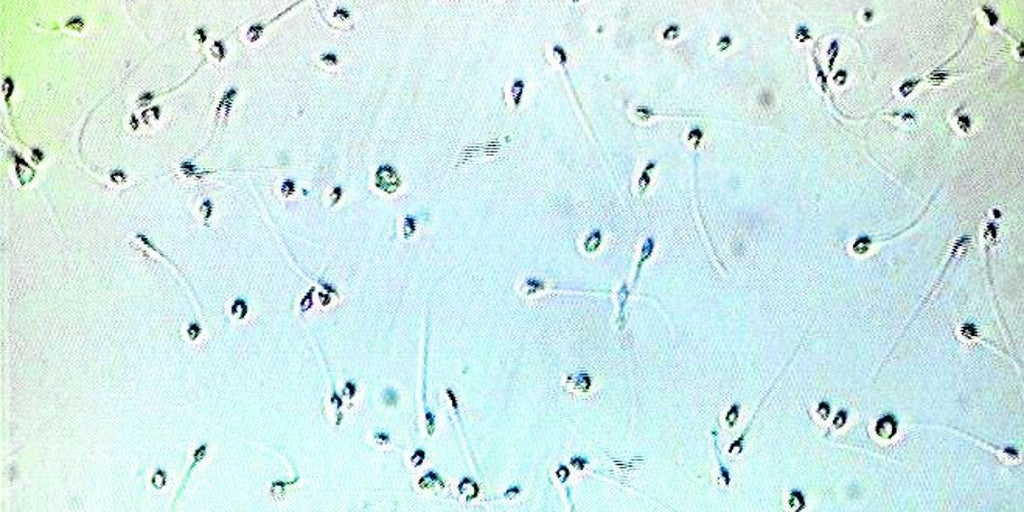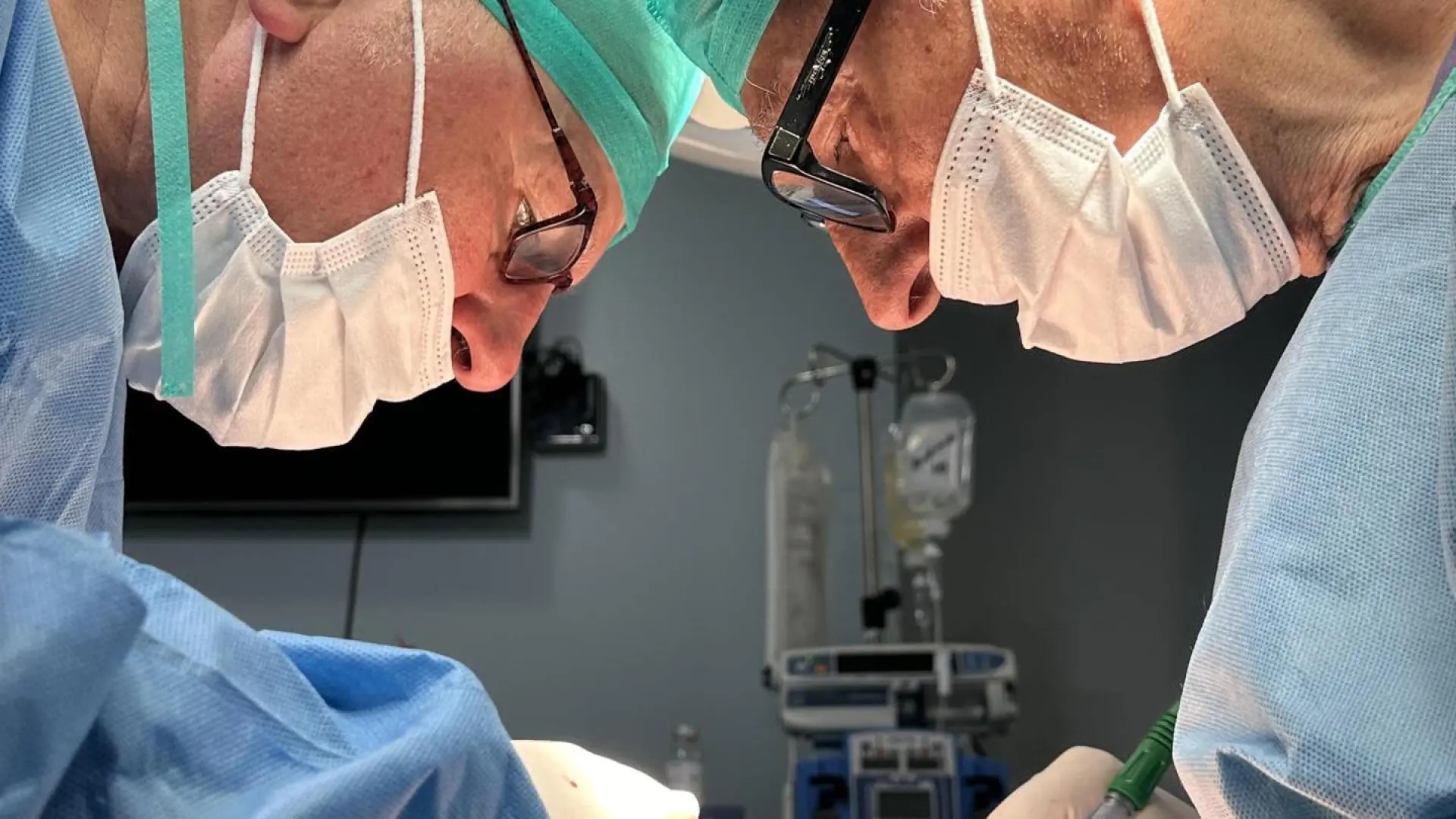They achieve the first transplant to pigs of kidneys modified with human organoids

A team of Spanish scientists has led an international project that has succeeded for the first time in producing human kidney organoids, combining them with pig kidneys outside the animal's body and transplanting them back into the animal in a viable way, without any damage or toxicity being recorded.
Kidney organoids have a three-dimensional structure but are reduced in size to a few microns and are grown in the laboratory from human stem cells . Although not a complete organ, they replicate many of its structures and main functions, allowing researchers to study kidney development and test new drugs. In the future, they could be used to repair damaged kidney tissue or improve organs intended for transplantation.
The study, led by researcher Núria Montserrat, represents a milestone in the field of regenerative and personalized medicine , as it establishes the basis for the use of kidney organoids derived from human stem cells for cell therapy in clinical trials.
This is the first time human kidney organoids have been successfully combined with live pig kidneys. The pig kidneys were connected to normothermic perfusion machines, devices commonly used in operating rooms to keep them alive and oxygenated. The researchers were able to insert these human organoids into the pig kidneys and monitor their integration and function in real time.
The transplant was made possible thanks to the involvement of numerous research centers in several countries, led by the Institute for Bioengineering of Catalonia (IBEC), in collaboration with the Biomedical Research Institute of A Coruña (INIBIC), the National Transplant Organization (ONT), and the Carlos III Health Institute. The results of the work are published today in the journal Nature Biomedical Engineering .
Objective: To increase the number of viable organs"Our research demonstrates that combining organoid technologies with ex vivo perfusion can enable cellular interventions under fully controlled conditions," explained Núria Montserrat in a statement released by IBEC. The long-term goal is to be able to regenerate or repair an organ before transplantation , which could reduce waiting times for chronically ill patients and increase the number of viable organs available for transplantation.
The study describes for the first time a systematic and scalable method for producing thousands of these human kidney organoids , using microaggregation techniques and genetic engineering. The researchers have indicated that this methodology suggests a future clinical scenario in which organs destined for transplantation can be treated and conditioned before implantation.
The research team observed that, 24 and 48 hours after transplantation, the human organoids remained integrated into the porcine kidney tissue , maintained their viability, and did not trigger any significant immune response. Furthermore, the transplanted kidney continued to function normally with no signs of damage or toxicity detected.
Detecting drugs and studying diseasesResearcher Elena Garreta, co-author of the study, has emphasized that despite the great clinical potential of organoids , one of the major challenges in applying this technology to real medical treatments was to produce them in a scalable, uniform, and affordable way.
"Now, with our new method, we can generate thousands of kidney organoids under controlled conditions and in a short time, with great precision and without the need for complex components, which opens the door to applications such as drug detection or the study of diseases," the researcher said.
The director of the National Transplant Organization, Beatriz Domínguez-Gil González, emphasized that the work is still in a pre-clinical phase, but represents a very significant step in the development of new regenerative medicine strategies. She noted that although any application in humans is still some time away, "we can envision a future in which human organoids will allow us to repair or regenerate damaged organs."
This could, in the long term, reduce the need for transplants and increase the availability of viable organs for clinical use , the director of the ONT stated, adding that if the proven technology demonstrates its effectiveness and safety in all phases, "it could open the door to regenerating organs before proceeding with their transplantation."
According to data from the Global Observatory on Donation and Transplantation , 173,448 organ transplants were performed worldwide in 2024 (data from 92 countries), but the WHO estimates that this figure barely covers 10% of global transplant needs, which continue to grow due to the increase in chronic non-communicable diseases.
20minutos





